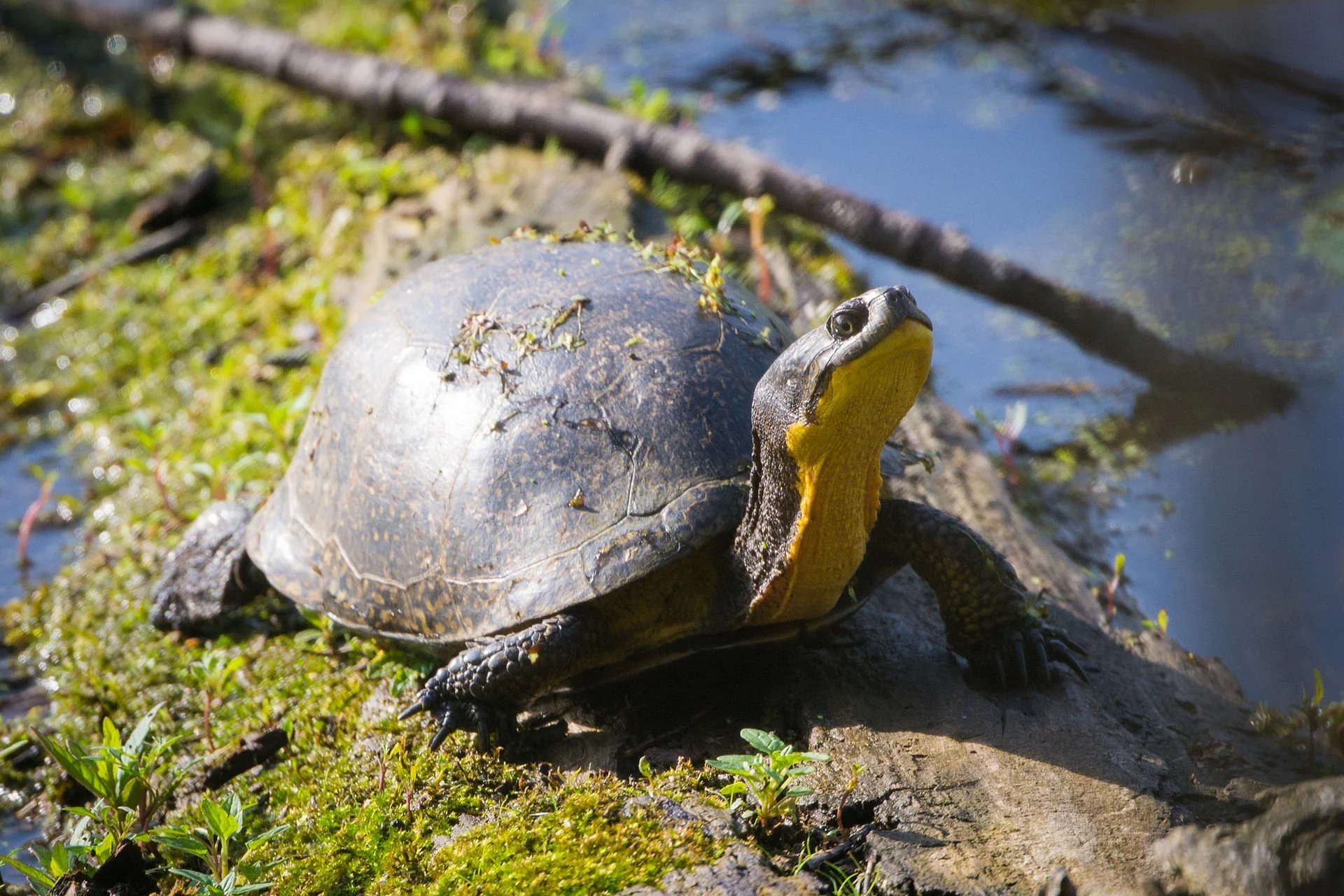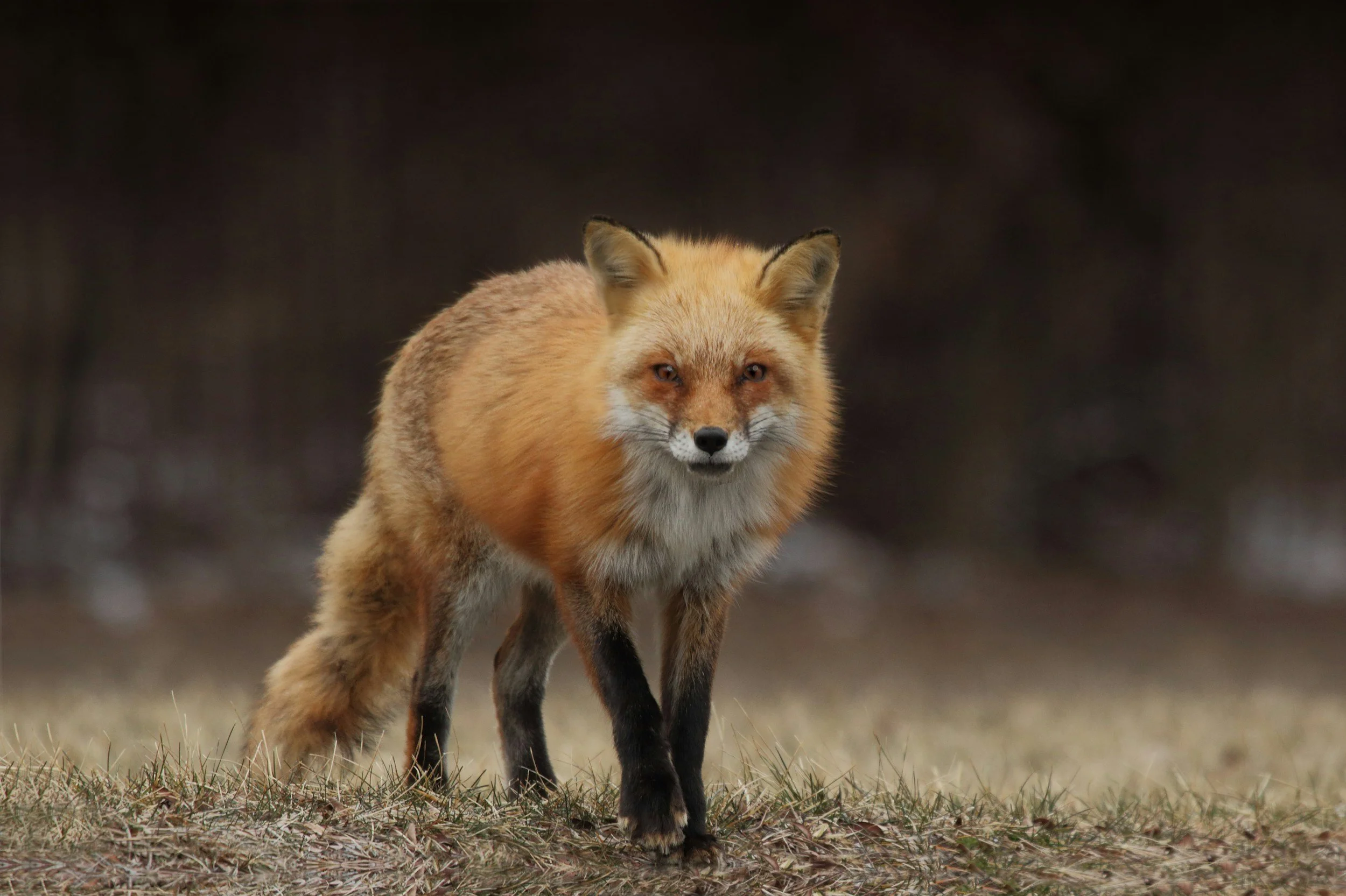Research & Informed Perspectives
Hope for Wildlife's Informed Perspectives on Wildlife IssuesFireworks & The Impact on Wildlife, People, Pets, & Environment
Fireworks create loud, unpredictable explosions that cause panic and disorientation in wildlife, people, and pets. While they are enjoyed by many, they can cause significant harm.
We’ve seen firsthand how fireworks can have devastating effects on wildlife and the environment. This document highlights the negative impact of fireworks and offers safer, quieter alternatives to reduce harm.
Rodent Coexistence & Rodenticides
Rodents want to be indoors for the same reasons any animal (including humans) does: it provides shelter from the elements, protection from predators, and access to food.
The most effective and only humane way to keep rodents out of places where you don’t want them is through a combination of sanitation and exclusion.
&
Research Projects & Studies Conducted with Hope for Wildlife's SupportExploring the Connection Between Warmer Winters and Mange in North American Porcupines in Nova Scotia
by Lisa Faulkner
The Impacts of Road Development on Common Snapping Turtles and Eastern Painted Turtles in Nova Scotia
by Julia Dunbar
Effective Management of Endangered Blanding’s Turtle Populations in Nova Scotia Requires Consideration of Threats Posed by Legacy Gold Mine Contamination
by Brianna L. Bowes and Tony R. Walker
Moving from Conflict to Coexistence with Black Bears in Nova Scotia
by Manisha Singh
In Situ Hybridization And Virus Characterization Of Skunk Adenovirus In North American Wildlife Reveals Multisystemic Infections In A Broad Range Of Hosts
by Laura Bourque, Ole Nielsen, Mason Jager, Davor Ojkic, Chantale Provost, Carl A. Gagnon, Betty Lockerbie, Hein Snyman, Brian Stevens, David Needle, Shotaro Nakagun, Sherri Cox, Jessica Khodadad, and Megan E. B. Jones
Revisiting the Concept of Behavior Patterns in Animal Behavior with an Example from Food-Caching Sequences in Wolves, Coyotes, and Red Foxes
by Simon Gadbois, Olaf Sievert, Craig Reeve, Frederick H. Harrington, John C. Fentress
Review of Reasons for Raccoon Patient Admission to a Wildlife Rehabilitation Center in Nova Scotia
by Brianna Bowes
Hope for Wildlife's Stances on..Hunting & Trapping
Hope for Wildlife acknowledges the historical and cultural significance of hunting in Nova Scotia, as well as the valuable role many hunters play in conservation and habitat stewardship. We recognize that many hunters are supporters of Hope for Wildlife, and we respect those who hunt responsibly for food, taking care to use the animal fully and with gratitude.
However, when it comes to trapping, our stance is different.
As society continues to grow in knowledge and understanding of animal sentience and suffering, we believe it is time to move away from practices that cause unnecessary harm. Trapping—particularly the use of snares and leg-hold traps—often results in prolonged suffering, unintended injuries, and non-target bycatch. These are realities we see firsthand in the animals that arrive at our facility.
While we understand that trapping remains a legal practice in many areas, we no longer support its use. We believe that with today’s understanding of wildlife welfare, we have a responsibility to evolve past methods that cause such distress. We encourage dialogue, education, and the exploration of more humane alternatives, and we remain committed to advocating for the well-being of all wild animals.
Live Trapping & Relocating Wildlife
Many people mistakenly believe that the best way to deal with an unwanted animal is to live-trap it and release it in a remote area far away. While this is something that happens frequently in Nova Scotia, it is neither a humane nor an effective solution.
Removing the animal may temporarily remove the source of a homeowner's concern, but it does not fix the overall problem. There is a reason the animal is choosing to be there – it could be a good source of food, or a nice cozy den – if you remove the animal but not the reason it's there, the removal will only serve to open up prime habitat for another animal to move in. An open and undefended territory also gives the impression of excessive resources to any newcomers. This can result in the newcomer having increased litter sizes, and thus, more animals on your property.
During the spring and summer months, mammals such as raccoons, skunks, and foxes will choose a den to have their young. Relocating an adult, from late spring to early fall, almost guarantees that orphans will be left behind if it turns out it was a mother.
Animals require sufficient resources of food, water, and shelter to survive. Some animals are territorial, which means when they establish a territory with access to good resources, they will defend it from other individuals. If an animal is relocated, they may not be able to compete with local individuals to gain access to these resources, which can result in starvation and/or death for that animal. Some animals rely on food stores and colonies for the winter. When these animals are relocated, they cannot survive without these previously established resources.
Moving an animal from one location to another can unintentionally transfer disease. An animal can be a carrier of disease without showing any symptoms, and when moved, can spread the disease to a new population.
Hope for Wildlife believes that promoting awareness, understanding and respect for wildlife is a more effective and long-term solution than simply getting rid of the animal. Addressing what aspect of your property is attracting an animal is much more effective than removing that animal.
The emerging data from studies done all over the world confirms these outcomes.
Domestic & Feral Cats
Feral cats are a huge problem in Nova Scotia. There are many hard-working organizations who dedicate their resources to providing a solution to this problem, and Hope for Wildlife commends these efforts. As an organization focused on wildlife, our contribution is to provide education and promote responsible pet ownership which is to the benefit of cats and wildlife. We believe responsible pet ownership includes:
Having pets spayed or neutered.
Supervising pets when they are outdoors. We believe that both cats and dogs SHOULD NOT be allowed to roam free outside. Supervising pets when outdoors reduces their own risk of injury from cars, wildlife, people, and other pets.
Providing an outdoor enclosure or leashed experience for your pets to allow them to enjoy the outdoors while keeping your pet and wildlife safe.
Domestic cats are exceptional hunters and prey on small mammals and birds. Feral and outdoor domestic cats have contributed to the extinction of at least 33 bird species. Estimates from well-cited scientific studies suggest that cats kill between 100-350 million birds per year in Canada. Studies conducted to uncover these results used fecal samples from pet cats. On average, pet cats only bring home 23% of their captured prey, which means most captures can go unnoticed by pet owners. Birds who nest on the ground, and young birds who are unable to fly, are significantly at risk of predation by cats. The best way to combat this issue is to provide education to cat owners and supervise our pets while outdoors.
Is Hope for Wildlife Interfering with Nature?
A study done by the National Wildlife Centre found that 97% of wild animals admitted to wildlife rehabs in Canada were the result of anthropogenic causes, either directly or indirectly. These numbers are similar to studies done all over the world.
Because the world is imperfect, there may be cases where we are unsure of the actual cause, but choose to admit the animal for help. The effects of this are minimal.
In fifty years, North America has lost 30% of its avian population, with grassland birds down 53%. For reptiles, the decline is up to 40%. Likewise for mammals, the overall monitored populations are down an average of 39%. It’s unknown exactly how many animals die in Nova Scotia each year from human-related causes, but we can be sure that the few we do help that were possibly non-anthropogenic is far outweighed by the ones we couldn’t help.
Education Animals
At Hope for Wildlife, we are proud to care for a small number of non-releasable animals who serve as vital educational ambassadors through special permits, separate from our rehabilitation licenses. These animals are not pets—they are wild animals who, due to injury, imprinting, or other factors, cannot survive in the wild but are able to live happy, enriched lives in human care.
Many came to us at a young age and were raised with humans, making them more comfortable around people while still retaining important natural behaviors. With our experienced team, proper housing emulating their natural habitat, enrichment, proper nutrition, and veterinary care, we ensure a high quality of life for each of them. The decision to keep any animal is never taken lightly; every case is evaluated carefully to prioritize the animal’s well-being.
These ambassadors help bridge the gap between people and wildlife, giving the public, and students, the rare opportunity to connect closely with species they might otherwise never encounter. Through these connections, we foster understanding, compassion, and a commitment to conservation. By sharing the stories of these animals, we educate about the challenges wildlife face—such as habitat loss, pollution, and human conflict—and inspire action to protect and preserve wild spaces for generations to come.









